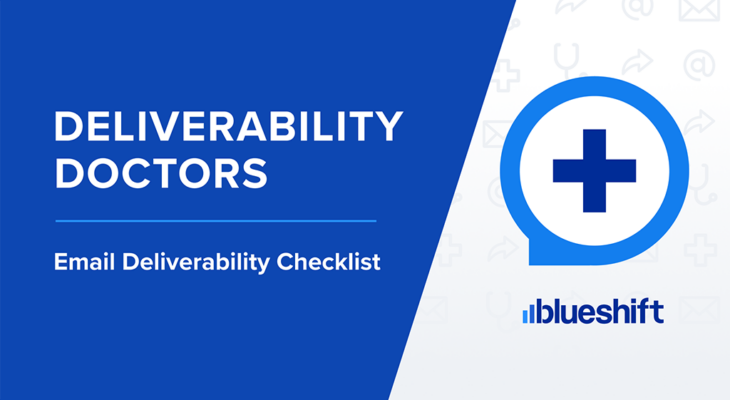You invest a lot of time, resources, and money building successful email campaigns in order to meet specific business goals. But what if your emails end up in your customers’ spam folder? What if you are getting blocked by an ISP or filtered out for some other reasons? This is not typically something that a sender expects to occur but the increase in advanced spam filtering systems implemented by the ISPs definitely makes your job much more difficult.
In today’s Blueshift Deliverability Doctors blog, we’re providing eight key deliverability actions that you should review before setting up your email program and launching your email campaign.



